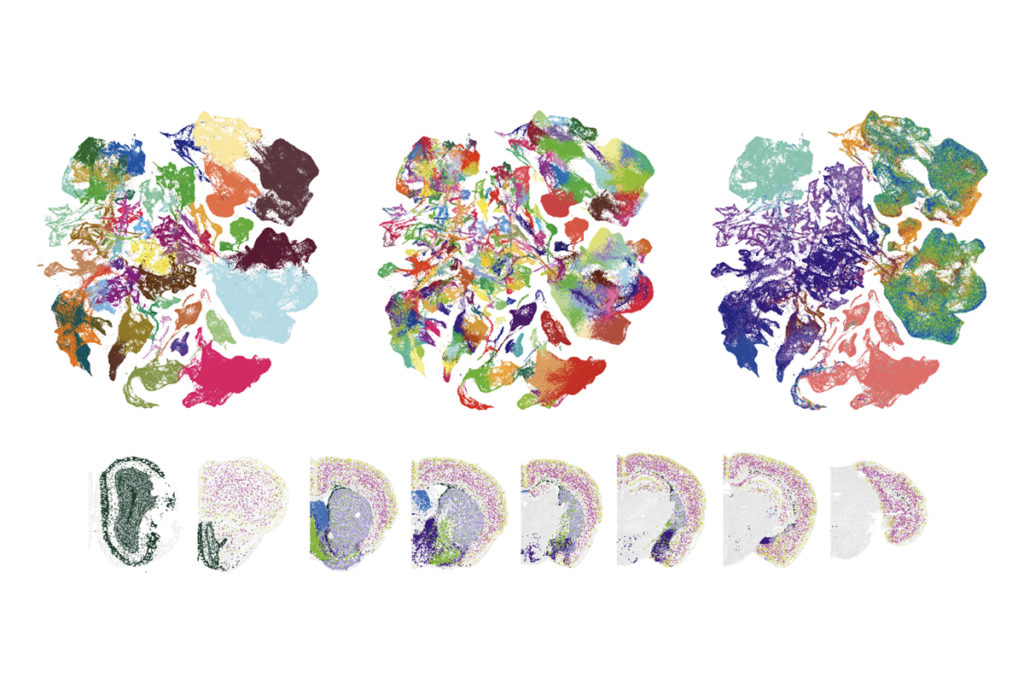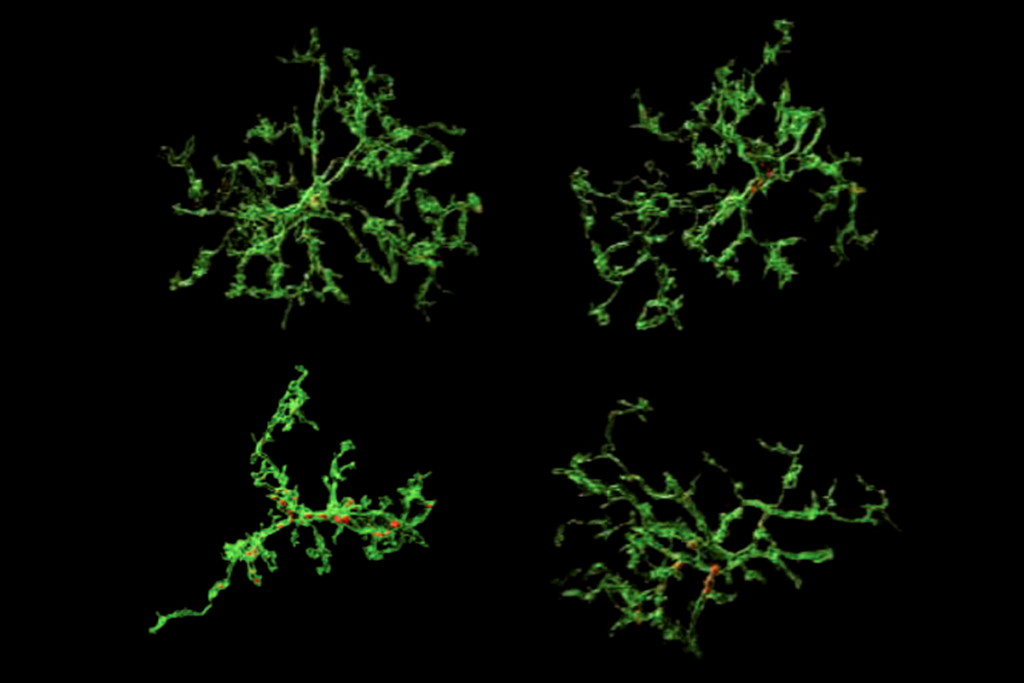CRISPR medicine; inclusive experiments; autism in Egypt
Scientists target human cancer with CRISPR, device trials may become more diverse, and autism awareness grows in Egypt.
- On Tuesday, a federal panel approved the first test in humans of a therapy involving the gene-editing tool CRISPR-CAS9. The test would evaluate the safety and feasibility of an immune treatment for three types of cancer: multiple myeloma, melanoma and sarcoma, Nature reported Wednesday.The Food and Drug Administration (FDA) still has to clear the experiment, which is funded by the nonprofit Parker Institute for Cancer Immunotherapy. The trial will take place at three locations: the University of Pennsylvania; the University of California, San Francisco; and the MD Anderson Cancer Center.
Scientists performing the early-stage clinical trial would remove immune cells called T-cells from study participants, modify them using CRISPR-CAS9 to target and destroy tumor cells, and then put them back in the individuals. They would also use CRISPR-CAS9 to remove T-cell proteins that could interfere with tumor destruction.
- The FDA released guidelines last week to encourage diversity among participants in medical device trials.The draft guidelines provide decision trees to help researchers design studies in which the age, race or ethnicity of participants might make a “clinically meaningful difference,” Regulatory Focus reported.
The document is a response to a section of the Food and Drug Administration Safety and Innovation Act of 2012 that requires the agency to report details to Congress about the diversity of participants in clinical trials and how safety and effectiveness vary by sex, age, race and ethnicity.
People of color with autism are typically excluded from research, and diagnostic criteria for autism are based primarily on the behavior of boys.
Researchers are invited to comment on the draft guidelines through September 19, Stat reported.
- An educational psychologist working in Cairo has made autism better known to the citizens of her country, decreasing the stigma attached to the condition, NPR reported this week.In Egypt, people with autism were often wrongly told they had intellectual disabilities or cerebral palsy. In 1999, Dahlia Soliman founded a service center called the Egyptian Autistic Society, through which thousands of children have received autism diagnoses. Soliman has also lobbied the Egyptian government for the civil rights of children with autism, helping many to attend mainstream schools and avoid institutionalization.
Most significantly, perhaps, she has made Egyptians more comfortable talking about the condition. This year and last, she even persuaded officials to light up the pyramids of Giza in blue in honor of Autism Awareness Month
- In a new report released Thursday, scientists at the Massachusetts Institute of Technology (MIT) call for beefing up the United States’ investment in ‘convergence,’ the integration of engineering and the physical, computational and mathematical sciences with biomedical research.The report calls for more than just collaboration. It advocates a highly unified approach that would enable advances in biomedical science akin to the alliance of physical sciences and engineering that led to space satellites, nuclear power and the Internet.
Several projects, including the BRAIN Initiative and the National Microbiome Initiative, have the potential for convergence built in, according to the report, co-chaired by neuroscientist Susan Hockfield, president emerita of the Massachusetts Institute of Technology. And research institutes at Harvard University, MIT and several other universities have done the same with projects relating to nanotechnology, molecular biology and tools for cancer diagnosis.
Such initiatives are “uncoordinated and modest in the big picture, but have already generated impressive results,” Hockfield and her colleagues write in today’s issue of Science.
Hockfield and her colleagues recommend increasing federal funding for biomedical research that includes expertise in engineering, computation and physical sciences and creating an interagency working group to advance convergent research.
- A new documentary, Life, Animated, tells the story of a young man with autism who learned as a boy to communicate by using scenes he had memorized from Disney animated films and by relating to their characters.Doctors diagnosed Owen Suskind with ‘regressive autism’ in 1994. They did not expect him to speak again or be able to go to school. But a breakthrough occurred when Owen was 6. At his brother Walt’s birthday party, Owen looked up at his parents, Ron and Cornelia, and spoke. “Walter doesn’t want to grow up like [M]owgli or Peter Pan,” he said.
The Suskinds drew on Owen’s knowledge of Disney film characters and plots to draw out his thoughts and improve his communication.
The documentary includes interviews and ethnographic footage of Owen’s life and shows him today as a brave 23-year-old who lives on his own, according to a review published this week in Forbes.
Recommended reading

Constellation of studies charts brain development, offers ‘dramatic revision’

Functional connectivity links with autism, not ADHD; and more

Ramping up cortical activity in early life sparks autism-like behaviors in mice
Explore more from The Transmitter

Journal retracts two papers evaluating ADHD interventions
Daniel Nicholson discusses how Schrödinger’s book ‘What is Life?’ shaped years of biology, research
